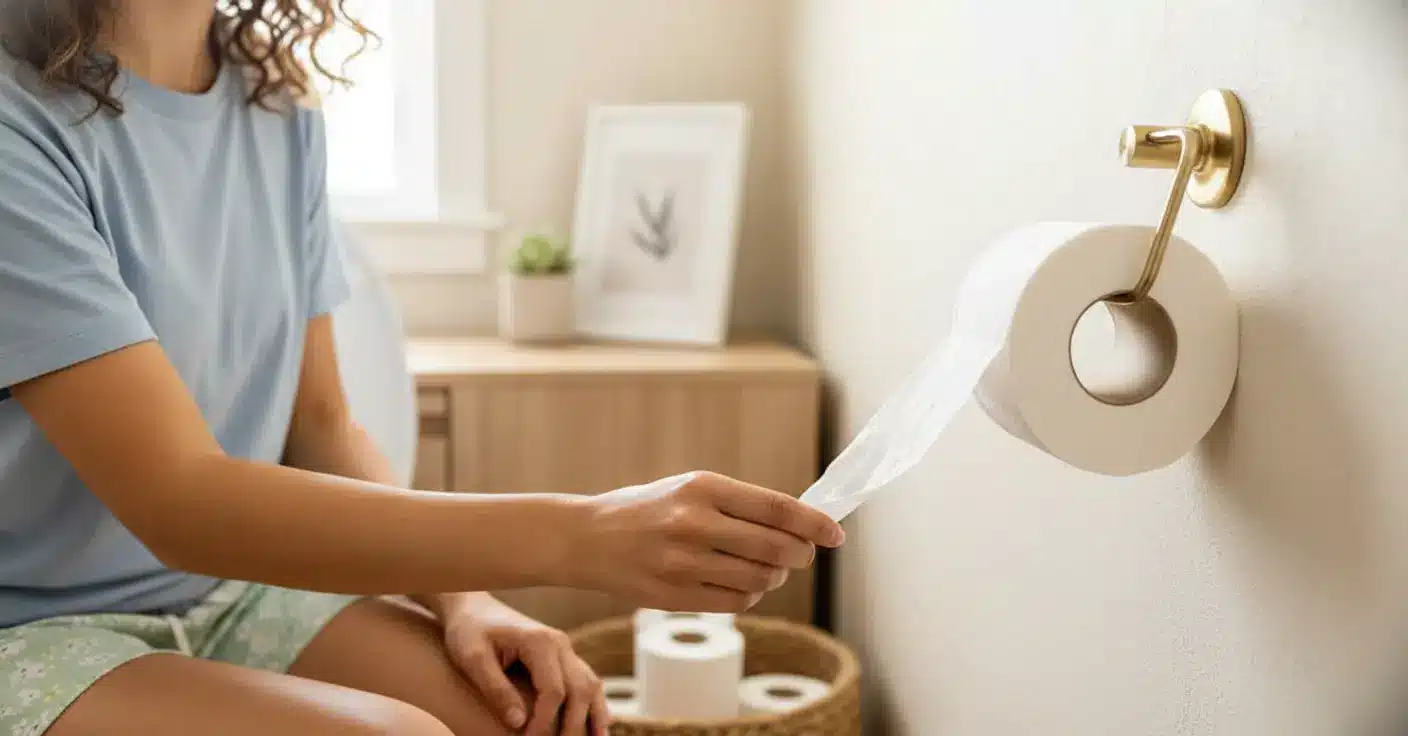Tired of tossing and turning in your not-so-peaceful bedroom, serenaded by honking cars, noisy neighbors, or that mysterious thud that’s absolutely not a ghost? You’re not alone. Luckily, experts agree: a much quieter room is within reach—without draining your bank account or needing a miracle.
Why Soundproofing Matters (and Why It’s Possible Without Major Renovation)
We like to think that city dwellers peacefully drift off to the melody of traffic. In reality, most of us have woken up at least once (or, let’s be frank, a hundred times) muttering, “How can I make my bedroom quieter?” According to the World Health Organization, we should all be sleeping in an environment where the noise level doesn’t exceed 30 decibels at night—a bit louder than a whisper. Don’t worry: you don’t need to undertake a major renovation to protect yourself from the din outside your window (or, let’s face it, from your flatmate’s questionable playlist).
There are plenty of ingenious, effective DIY solutions that can be put in place in just a few hours—even if you’re nursing the effects of last night’s not-so-silent party.
Seal, Pad, and Layer: Practical Steps for Instant Results
Let’s start with the weakest spots: windows and doors. While the ideal would be to replace all your old windows with new double glazing, that’s not really what ‘without breaking the bank’ means. The good news? There are cost-friendly options:
- Use acoustic seals to block up to 70% of the sound coming through single-pane windows.
- Seal gaps around window frames with special acoustic caulk—or even better, do both.
- Consider replacing hollow-core interior doors with solid-core or composite ones, which do a much better job of keeping noise at bay.
Once your windows and doors are on their best behavior, look at what goes underfoot. Rug pads—especially thick felt or memory foam ones—act not only as insulation from cold and heat, but also stifle both internal and external noise. Don’t have a carpet? Just slip a rug pad the size of your bed underneath—even invisible, it’ll make your life quieter, plus it’s cozy for your feet!
Textiles: The Unsung Heroes of Soundproofing
Natural materials are a double win: they offer sustainability and reliable noise reduction. According to a European Commission report on green building, plant fibers and wool can be great, eco-friendly sound insulators. Try these quick upgrades:
- Add extra cushions or natural fiber pillows to your bed. Use them during the day for style, and at night set them by your windows or doors to catch incoming noise.
- Drape cotton or wool blankets over chair backs and use thick throws or wall tapestries to absorb sound—these can be both effective and decorative. The aim? Fewer hard surfaces, more peace.
The same blackout curtains you use to banish morning light also help deaden street noise. But for optimal peace, choose curtains designed specifically for sound absorption—they’re almost always thick enough to block out light too. Like a rug pad or acoustic caulk, these curtains also improve your insulation, reducing heating and cooling costs over time.
Advanced Strategies: When You Want (Nearly) Total Silence
Sometimes, the answer to noise isn’t less sound, but more—strategically. A white noise machine, ceiling fan, or floor fan can mask ambient disturbances and even sharp sounds like car horns or barking dogs. Just ensure your device isn’t too loud (never above 50–55 decibels, especially for babies or children, according to Baby Sleep Dr), or you’ll trade one problem for another.
If you’re ready to go a little further:
- Apply wall treatments offered by companies like Acoustical Services, which absorb mid-range sounds and have laboratory testing to back them up. After the base and finish layers, you can repaint as usual—your style remains intact.
- Try stick-on acoustic wallpaper: easy DIY, no pro required.
- Opt for foam acoustic panels—the kind used in recording studios—although they’re not always the prettiest. Some decorative acoustic wall tiles even let you create a mosaic-style art piece, while smaller panels can frame a window or go above a bed. If you don’t love the look, cover them with a thin piece of art (just not wood or glass, which will reflect sound).
And never underestimate improvised strategies: move a tall bookcase or sofa to your noisiest wall, drape blankets, add a big rug under your bed, and hang decorative fabrics. A small investment in acoustic sealant for your windows can save money on energy bills and pay dividends in calm.
For those seeking an extremely quiet space (let’s be honest, unless your dream is moving to a cave, 100% silence is a fantasy), a minor renovation is the way: add acoustic panels or insulation foam to your existing walls, then install new drywall. Yes, you’ll lose a bit of floor space and have some painting and finishing to tackle—and if carpentry is involved, perhaps even call in a pro—but the result is genuinely tranquil.
In summary: Whether you need just a touch more calm or a nearly silent sanctuary, you don’t need a massive budget to soundproof your room. Embrace the textures, layers, and quick DIY upgrades—your future well-rested self will thank you!

John is a curious mind who loves to write about diverse topics. Passionate about sharing his thoughts and perspectives, he enjoys sparking conversations and encouraging discovery. For him, every subject is an invitation to discuss and learn.






